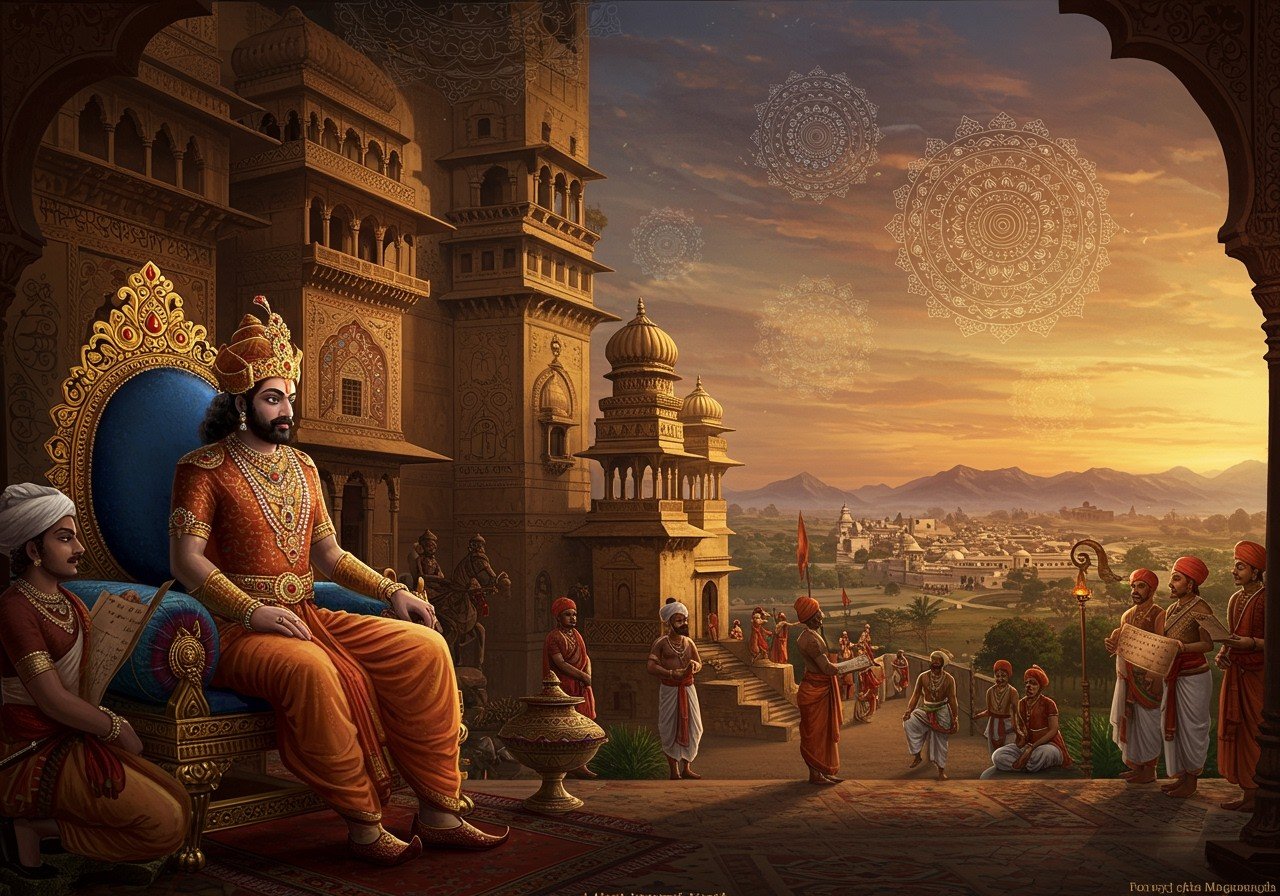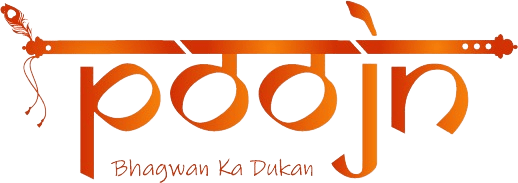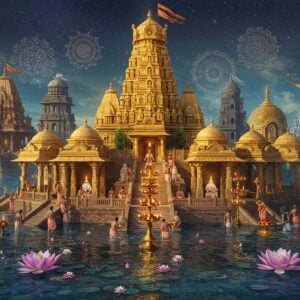
The Haryanka Dynasty stands as a cornerstone of ancient Indian history, shaping the cultural and political landscape of the region. Delving into its significance across different languages offers a rich tapestry of perspectives. This exploration unveils the dynasty’s meaning in Hindi, Bengali, and Tamil, providing insights for those who value tradition and authenticity.
The Haryanka Dynasty in Hindi
Known as हर्यक वंश (Haryaka Vansh) in Hindi, the dynasty’s name originates from “Haryaka,” denoting a person or entity linked to the Haryanka region. This dynasty, ruling Magadha from 544 BC to 413 BC, played a pivotal role in North Indian history. Its capital, initially Rajagriha, later shifted to Pataliputra under Udayin’s reign.
Key Figures and Contributions:
- Bimbisara: Considered the founder, Bimbisara ascended the throne at fifteen, appointed by his father, Bhattiya. His reign marked significant political and cultural advancements.
- Ajatashatru: Another prominent ruler, Ajatashatru contributed to the dynasty’s expansion and influence. He is also known for the shift of capital.
Hindi literature and educational resources often portray the Haryanka Dynasty with reverence, emphasizing their societal impact. Festivals and rituals still honor their legacy, reflecting their enduring cultural relevance.
The Haryanka Dynasty in Bengali
In Bengali, the dynasty is referred to as হর্যঙ্ক বংশ (Horyonk Bongsho), derived from ancient Sanskrit, highlighting a deep linguistic connection. The dynasty’s reign, especially under Bimbisara and Ajatashatru, holds substantial historical weight in Bengal.
Cultural Reflections:
- Literature and Arts: Bengali literature, including poetry and historical accounts, frequently mentions the Haryanka Dynasty, showcasing its cultural imprint.
- Traditions and Customs: Various traditions and customs in Bengal pay homage to the dynasty, underscoring its lasting influence on the region’s cultural fabric.
Modern Bengalis regard the Haryanka legacy with respect, recognizing its integral role in their heritage. Bengali scholars have extensively documented the dynasty’s history and impact.
The Haryanka Dynasty in Tamil
Tamil refers to the dynasty as ஹர்யங்க வம்சம் (Haryanga Vamsam), also adapted from Sanskrit. While the dynasty’s primary influence was in North India, its significance extends to South India, particularly in historical and cultural contexts.
Tamil Nadu’s Perspective:
- Literature and Folklore: Tamil literature, encompassing historical texts and folklore, acknowledges the Haryanka Dynasty’s presence in the broader Indian narrative.
- Cultural Exchange: The dynasty’s impact, though less direct than in North India, contributed to the cultural exchange and historical interconnectedness of different regions.
Poojn.in: Your Gateway to Cultural Exploration
Poojn.in, India’s leading provider of cultural goods and services, offers a wide range of resources to deepen your understanding of the Haryanka Dynasty. Explore our collection of:
- Bengali Religious Texts: Discover relevant religious manuscripts and books that shed light on the cultural context of the Haryanka period.
- Puja Items and Accessories: Enhance your understanding of ancient rituals and practices by exploring our authentic puja materials.
- Explore related blog posts about ancient Indian dynasties and their architectural marvels. Learn more about the Chalukya Dynasty architecture and its connection to ancient Indian history.
- Dive into the history and religious significance of the Kandariya Mahadeva Temple. This exploration provides context for understanding temple architecture and its connection to historical dynasties.
Conclusion
Examining the Haryanka Dynasty through the lens of Hindi, Bengali, and Tamil reveals the multifaceted nature of its legacy. From Bimbisara’s reign to the dynasty’s impact on various regions, the Haryanka period continues to resonate in modern India. By appreciating these linguistic and cultural nuances, we gain a deeper appreciation for the richness and interconnectedness of Indian history.

